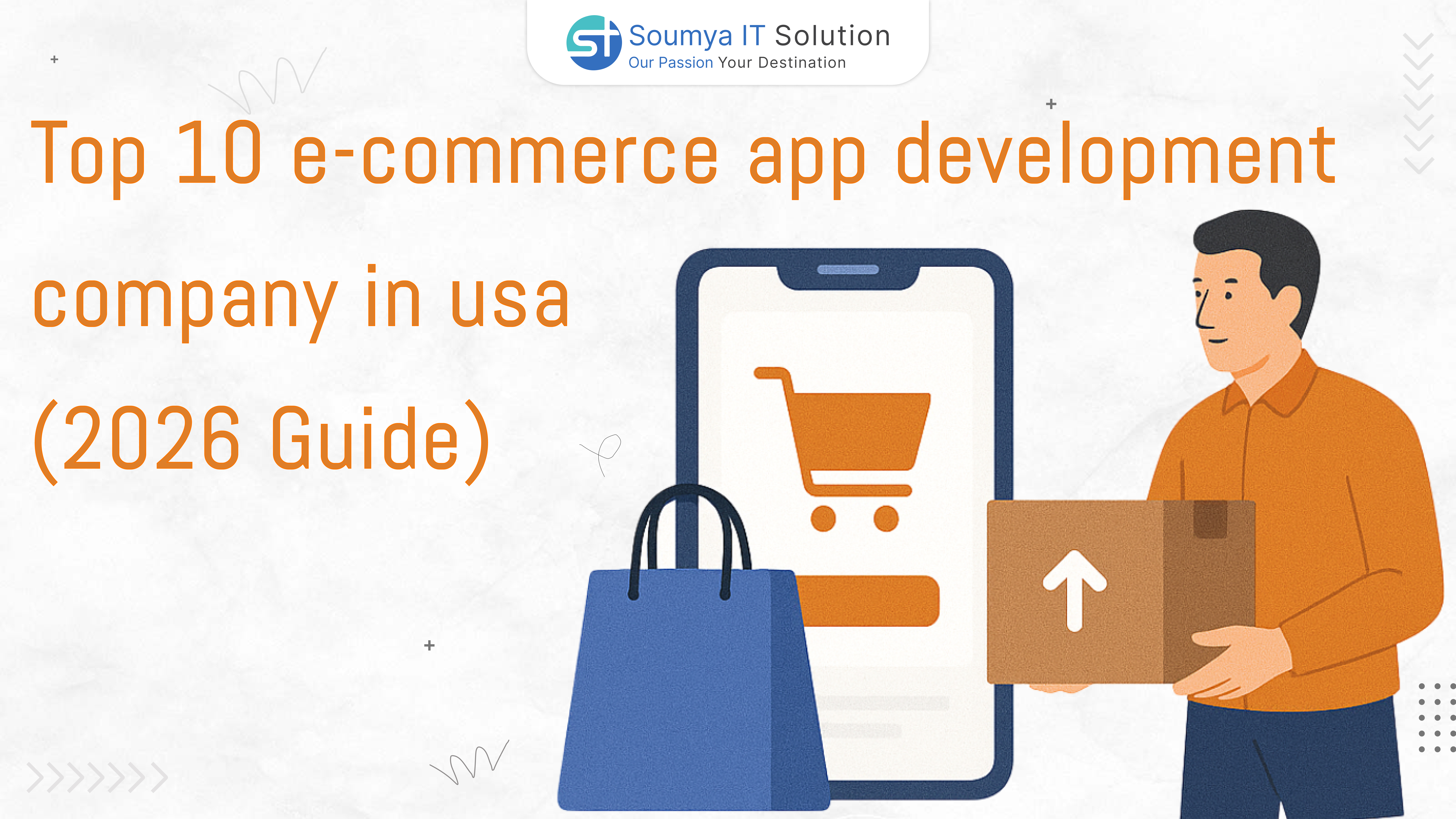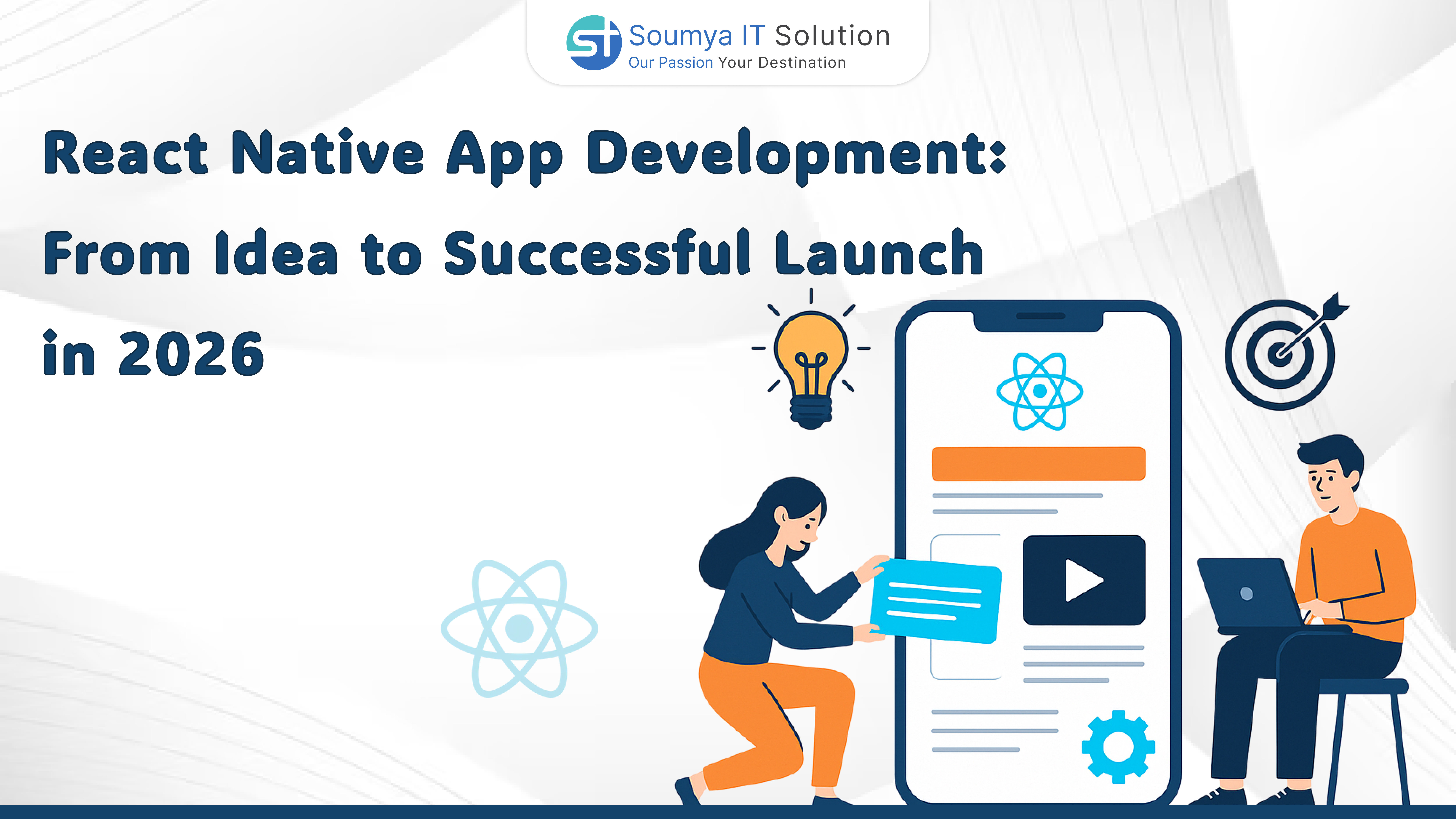
SEO-Friendly Website Development Practices: A Complete Guide to Rank Your Website in Google’s Top 10 (2025)
SEO-Friendly Website Development Introduction In today’s competitive digital world, your website isn...
SEO-Friendly Website Development
Introduction
In today’s competitive digital world, your website isn’t just an online presence — it’s your brand’s digital identity. Whether you’re a startup, an e-commerce business, or an enterprise, your website’s performance, structure, and SEO determine how easily potential customers can find you online.
But here’s the truth: having a visually appealing website is no longer enough. To succeed in 2025, you need a fully SEO-friendly website — one that loads fast, looks great on all devices, and is optimized to help Google understand and rank it effectively.
In this article, you’ll learn the most powerful SEO-friendly website development practices to make your site rank higher, attract organic traffic, and stay ahead in the competition.
1. What is SEO-Friendly Website Development?
SEO-friendly website development means building a website with search engine optimization in mind — ensuring that Google and other search engines can easily crawl, index, and understand your site content.
A truly SEO-optimized website:
-
Loads quickly
-
Is mobile-responsive
-
Uses HTTPS for security
-
Has clean and descriptive URLs
-
Contains high-quality, keyword-rich content
In short, it’s the perfect balance between technical performance and user experience.
2. Website Structure and Navigation
A well-organized website structure helps both users and Google bots navigate your site efficiently.
✅ Best Practices:
-
Keep navigation simple and intuitive.
-
Use a flat architecture — no page should be more than 3 clicks from the homepage.
-
Interlink related pages for better SEO.
-
Submit an XML sitemap to Google Search Console.
When search engines can crawl your pages easily, your ranking potential increases dramatically.
3. Optimize Website Loading Speed
Speed is a critical ranking factor. A one-second delay in loading can cause users to leave your site instantly.
Tips to Improve Speed:
-
Compress images using tools like TinyPNG or WebP format.
-
Minify CSS, JavaScript, and HTML files.
-
Enable lazy loading for images and videos.
-
Use browser caching and a Content Delivery Network (CDN) like Cloudflare.
-
Choose a reliable and high-speed hosting provider.
A fast website enhances both user satisfaction and SEO performance.
4. Mobile-Friendly (Responsive) Design
Google now follows mobile-first indexing, meaning it ranks websites based on their mobile version first.
Key Tips:
-
Use a responsive framework (Bootstrap or Tailwind CSS).
-
Optimize fonts, buttons, and layouts for smaller screens.
-
Avoid intrusive pop-ups.
-
Test your site with Google’s Mobile-Friendly Test Tool.
A responsive website attracts more users and performs better on all search engines.
5. Secure Your Website (HTTPS)
Security is non-negotiable. Google gives preference to websites with SSL certificates.
Why It Matters:
-
Builds user trust.
-
Prevents data theft or hacking.
-
Boosts ranking authority.
If your site still runs on HTTP, switch to HTTPS immediately.
6. Clean and SEO-Friendly Code
Behind every great website is clean, efficient code that search engines can understand.
Developer Tips:
-
Use semantic HTML tags like
<header>,<main>,<article>,<footer>. -
Avoid duplicate elements or broken links.
-
Use alt text for all images.
-
Implement schema markup (structured data) to help Google identify content types (articles, products, FAQs, etc.).
A clean codebase improves crawling speed and reduces technical SEO errors.
7. Create Quality, Keyword-Optimized Content
“Content is King,” but in 2025, AI-friendly and intent-driven content rules the digital world.
Content Writing Best Practices:
-
Write original, valuable, and engaging content.
-
Use target and related (LSI) keywords naturally.
-
Structure your content using H1, H2, and H3 headings.
-
Optimize meta titles and descriptions.
-
Include internal and external links for context and credibility.
Create content that satisfies user intent — what users truly want to know.
8. Focus on Core Web Vitals
Google’s Core Web Vitals are key metrics that impact rankings:
-
LCP (Largest Contentful Paint): Measures loading speed.
-
FID (First Input Delay): Measures interactivity.
-
CLS (Cumulative Layout Shift): Measures visual stability.
✅ Optimization Tips:
-
Optimize large hero images.
-
Use asynchronous script loading.
-
Prevent layout shifts.
-
Regularly test with Google PageSpeed Insights.
Websites meeting Core Web Vitals enjoy better SEO and user engagement.
9. Use SEO-Friendly URLs
Your URL should clearly describe the page content.
✅ Examples:
❌ www.example.com/page?id=123
✅ www.example.com/seo-friendly-website-development
URL Optimization Tips:
-
Keep it short and descriptive.
-
Use hyphens (-), not underscores.
-
Avoid unnecessary characters and stop words.
10. Technical SEO Setup
Technical SEO ensures that your website is properly structured for search engines.
Key Checklist:
-
Add an XML sitemap and robots.txt.
-
Fix 404 errors and broken links.
-
Use canonical tags to avoid duplicate content.
-
Add structured data (Schema.org) for rich results.
-
Connect Google Analytics and Search Console for insights.
11. Leverage AI Tools for SEO
AI is transforming website optimization. Smart use of AI tools saves time and boosts accuracy.
Recommended Tools:
-
SurferSEO / Frase – For content analysis.
-
Ahrefs / SEMrush – For keyword and backlink research.
-
ChatGPT / Gemini / Jasper – For AI-powered writing.
-
PageSpeed Insights / GTmetrix – For performance testing.
Blending human creativity with AI precision delivers the best SEO outcomes.
12. Optimize for Voice Search
Voice search is booming thanks to assistants like Alexa and Google Assistant.
🗣️ Tips:
-
Use conversational keywords (e.g., “How to make an SEO-friendly website?”).
-
Add a detailed FAQ section.
-
Optimize for local SEO (“near me” queries).
Voice optimization helps capture mobile and local traffic effortlessly.
13. Build a Strong Internal Linking Strategy
Internal linking boosts SEO by connecting related pages and distributing ranking power.
💡 Tips:
-
Link from high-authority pages to new ones.
-
Use keyword-rich anchor text naturally.
-
Avoid overlinking (2–4 internal links per 1000 words).
Internal linking improves crawl depth and user session time.
14. Image and Media Optimization
Visuals attract attention but can slow down your website if not optimized.
Optimization Tips:
-
Compress images using WebP or JPEG format.
-
Add descriptive file names and alt tags.
-
Implement lazy loading for heavy media.
-
Add structured data for videos if applicable.
Proper media optimization makes your site fast and accessible.
15. Monitor, Analyze, and Update Regularly
SEO is an ongoing process — not a one-time task.
Continuous Improvement Steps:
-
Track rankings with Google Search Console or SEMrush.
-
Monitor bounce rate and average session time.
-
Update old blogs with fresh data and keywords.
-
Regularly fix technical issues and broken links.
Websites that evolve consistently maintain their top positions.
Conclusion
Creating an SEO-friendly website in 2025 means combining smart design, clean code, optimized content, and AI-driven SEO tools.
If you apply all the above practices, your website will:
✅ Load faster
✅ Rank higher on Google
✅ Deliver better user experience
✅ Attract and convert more customers
Start optimizing today — and turn your website into your most powerful digital marketing asset. 🚀
FAQs
Q1. What is an SEO-friendly website?
👉 A website that’s fast, secure, responsive, and easy for search engines to crawl and rank.
Q2. How can developers make websites SEO-friendly?
👉 By writing clean, semantic code and using schema markup, proper headings, and optimized URLs.
Q3. What are the most important SEO factors in 2025?
👉 Core Web Vitals, mobile optimization, and AI-based content optimization.
Q4. How often should SEO maintenance be done?
👉 At least every 2–3 months to refresh content and fix technical errors.
Q5. Can AI improve SEO performance?
👉 Yes! AI tools help with keyword research, content creation, and data-driven SEO analysis.
📞 Contact Us
For expert SEO-friendly website development, web design, and digital marketing services, contact:
📞 +91 77372 33764 | +91 80581 64478
📧 Email: sales@soumyaitsolution.com
🌐 Visit: www.soumyaitsolution.com







